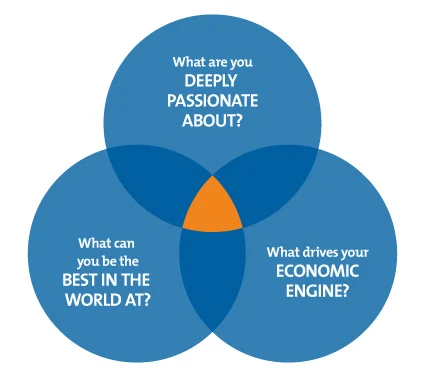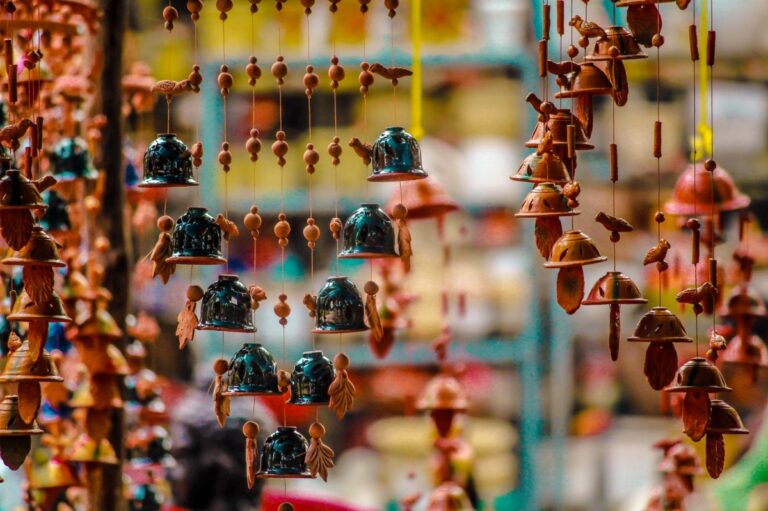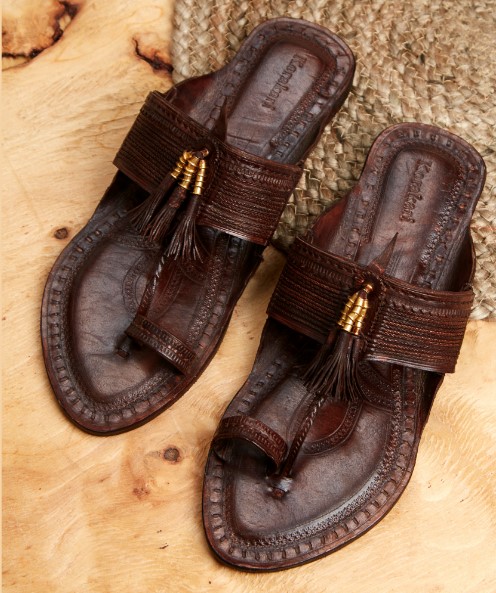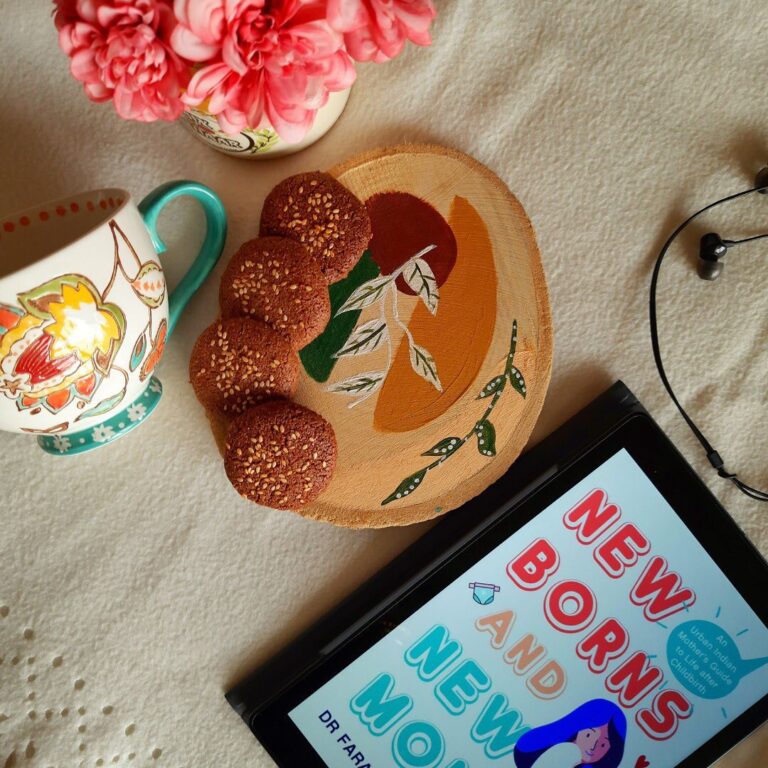“To travel the world one dish at a time is worth the journey.”
This is not a Mark Twain quote or a phrase I would expect from a silicon valley tech-entrepreneur to motivate me on my journey as a cultural entrepreneur. This was an inner voice; an insight to me and my life partner cum co-founder. Maheima and I enjoyed discovering local food and culture during our travels and that is what made us take the plunge into cultural entrepreneurship! We quit our MNC jobs – first she did and ran solo before I joined her in 2017. Our start-up initiative, Talking Street, was an online platform for discovering local food experiences and promoting food-tourism & local curated cultural experiences. Today, what I’d like to share from our journey of being cultural entrepreneurs and from having met many inspiring and amazing individuals who are on similar paths is a cheat-sheet that will hopefully inspire many more cultural entrepreneurs.
First, Be Clear on Why You are Doing This
The single biggest question that any entrepreneur and more so, a cultural entrepreneur must be clear in his/her mind – What am I building?
- An initiative for my passion to become my profession – where I build a business that can organically support my lifestyle and where I am not answerable to anyone.
or
- A business that inspires and attracts more like-minded – talent, capital, social media following – and that which grows beyond having to only support my lifestyle.
Be absolutely clear about this question. Any entrepreneur needs to be. However, from our own experience, we understand that for those pursuing a cultural enterprise/idea built purely on passion, it is extremely important to not only answer but also be clear about it.
Tip: Write your answer down. Revisit it every now and then to reiterate it to yourself.
Second, Keep Recalling the Holy Trinity of Your Idea / Enterprise
I love this simple diagram from ‘Good to Great’ by Jim Collins. He calls it the Hedgehog concept, but I think it’s the “Holy Trinity”, the sweet spot where the three most crucial ingredients of a great business idea need to intersect. And I believe it is equally relevant to cultural entrepreneurs.

Let me elaborate on each:
1. Deep Passion
The single most important ingredient for a cultural entrepreneur – passion! You need to have a fanatic level of passion for your idea. It should almost be the reason why you feel happy and fulfilled in life.
In our case, as foodies and travelers, our fulfillment, joy and meaning come from food and travel. It’s not at the “hobby” or ‘interest” section of our LinkedIn pages; it is what we thrive on! Having a list of “must-eat” street food places in Delhi or debating over Kolkata Biryani vs Hyderabad Biryani or willing to go pub crawling or street food hopping with students in Hanoi. That passion is extremely important. It IS the secret sauce to your cultural venture. There will be times when you won’t see the other two circles intersecting, and that is when your deep passion will propel you to find the sweet spot. It is our passion for food and travel that kept us going on the TalkingStreet journey.
2. Best in the World
Why is it important to be the best in the world? Why can’t you simply run an enterprise or a company that makes good products or services? Being the best is that “ moat” or your “brand” that helps you stand out from the crowd and keeps your business truly competition proof or recession/downturn proof. Whether you are making Kashmiri shawls or handcrafted Bengal kantha-stitch saris or ayurvedic personal care items or a food delivery platform for native dishes, unless you believe you want to be the best in the world, you will never be able to make your passion go from being a hobby to a business.
It’s quite straight forward – I may have a huge passion for cooking but if I don’t strive to cook a great/world-class dish of my favorite meal, I will always be satisfying only my own hunger/desire or at best receive compliments from friends/spouse but will have no paying customers!
3. Economic Engine or “Unit Economics”
The final and critical piece to ensure that your cultural idea becomes a sustainable business is ‘unit economics’. It ultimately boils down to the business model, the economics of your business and how well you master it.
Haldiram Bhujiawala, Sarvana Bhawan, or even the popular decade-old highway-dhaba understand it without any MBA degree: What is the margin of profit I make on each packet of bhujia/a plate of idly/tandoori chicken sold?
They have mastered the split of fixed costs, variable costs and pricing power of their business to a level that creates enough of a profit pool to not only sustain the business and their families but also grow the business over decades and generations. And yes, they have super passion and are the best in the world in bhujia, idli or tandoori chicken respectively.
Let’s reflect on the importance of all three ingredients coming together and falling in line with the first question of “why you are doing this”.
The Why and the Holy Trinity MUST be in Sync
For example: ‘Why am I running my “xx” cultural enterprise idea’ could be, ‘I have a deep sense of passion for Ayurveda or yoga and I believe it is now a big trend in the world – post-Covid.’
Your “why” must also be cognizant of your need:
- If I do this full-time, it must generate at least “yy” net profit to sustain my lifestyle (assuming you want to run it only as a lifestyle supporting business).
or
- I will scale it to go global, build a team, etc. for which I may need external capital in the form of borrowed debt or raise equity money, which will mean shared ownership, more scrutiny, etc.
When your passion for yoga/Ayurveda, the world-class product or service you build, and its unit economics intersect, your Holy Trinity will happen.
You CANNOT be out of sync with your “Why” and Holy Trinity. Period!
Read that again and again. 🙂
It will take time in case you are at idea-stage and zero revenue OR need mastery and perfection, fine-tuning if you already have a company that generates revenue. It doesn’t matter how long it takes, but in my humble opinion, this “Why” and Holy Trinity handshake is what will be the biggest driver of success for your idea.
How did we ensure that handshake at Talking Street?
Our ‘Why’
- As founders, we are both passionate about local food discovery and curated cultural experiences
- World over, more and more travelers wanted to discover and indulge in Food Tourism, which was also fast catching up among Indians. Multiple studies, Google research confirmed that the market opportunity was $500 Billion – $1 Trillion globally
- We wanted to build a tech-first, asset-light, scalable, content-technology business
Holy Trinity for Talking Street
- Founders have huge passion and interest for the idea
- World-class – we had garnered upwards of 3.5 Lakh followers on Facebook, 50,000 on Instagram and our content always went viral
- Economics – we had cracked a business model of charging a commission on fulfilled experiences in our marketplace as well as forged alliances and partnerships with travel companies and created events for corporates
- Each of our transactions was profitable
- We had zero customer acquisition cost due to our huge social media following
- We also saw upwards of 20% repeat business
With that, let me come to the third and final section. And the learning from the cultural entrepreneur journey.
Address the Immediate TAM
TAM stands for Total Addressable Market or in other words the pond in which your fish (enterprise) has to swim. Is it a small tank or a mid-sized pond or a large ocean?
Oftentimes, for many passion-economy and niche businesses, which may be the case with a lot of the cultural entrepreneurs, the size of the market they are addressing may not be that large. Or may not be large in the immediate vicinity – time period, geography etc. This is something you will have to deal with – to run a reality check on the “Why” and Holy Trinity handshake. It will be one of the many hurdles you are bound to face!
Our Journey
In our case, after two years of hustling, meeting several investors, building the tech-product and even seeing initial profitable revenue, the immediate TAM for food tourism and cultural experiences in India was small. We could have addressed this challenge by either pivoting to a food & beverage delivery idea, a packaged food idea in India, or by building and taking our product to another geography where the TAM was big. For example, the US or Western Europe. We could have found solutions but most were not fitting with our “Why” and our Holy Trinity.
For a mix of reasons, we were unable to pivot at the right time and so had to take the painful but objective decision of pausing the venture and getting back to full-time jobs. We keep our passion alive by running the social media handles of Talking Street.
This has been our journey. In hindsight, we enjoyed every bit of the ride – blood, sweat, tears, joy – all of it. The reality is that for countless entrepreneurs, their first venture may not succeed on some counts, but the journey itself will be fulfilling on many counts. There are many who take it in their stride and go on to launch their next venture.
I hope by sharing our journey in a candid and objective manner, I am helping others who are on similar paths. I am optimistic about entrepreneurship. I am positive that an initiative like NICE will help grow the ecosystem and enable folks to learn from each other.
Happy to be of any help. You can reach me at abhishek@niceorg.in
Enjoy the ride!
Author: Abhishek Mukherjee, NICE
Feature Image: Jan Alexander from Pixabay
Published by Chitra Aiyer, NICE




